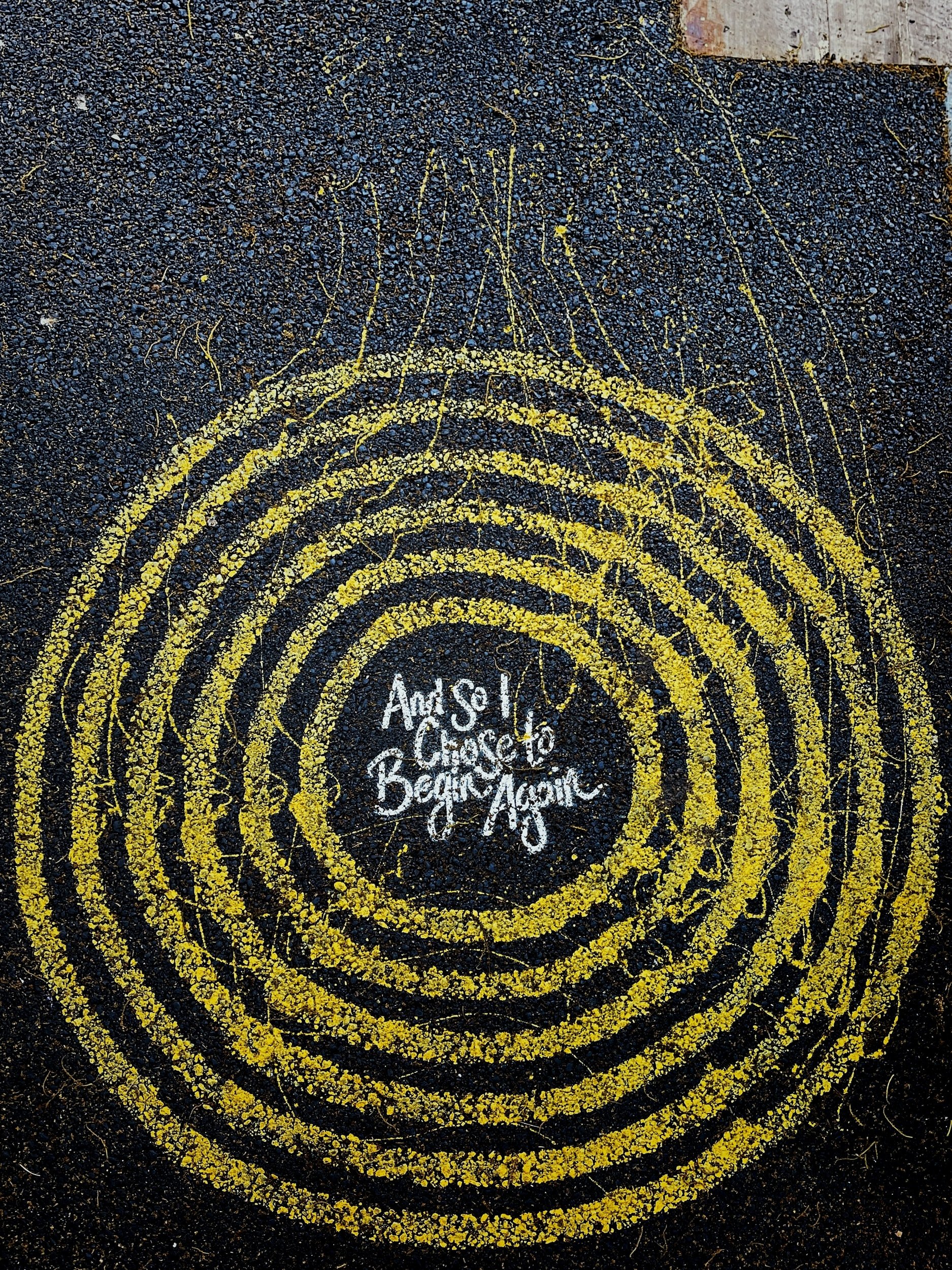Seasonal depression, otherwise known as seasonal affective disorder (SAD), is a type of depression related to the changes in seasons For most people, symptoms start in the fall and continue into the winter months. They often resolve during the spring and summer months. In less frequent cases, SAD causes depression in the spring or early summer and resolves during the fall or winter months. Symptoms include fatigue, loss of interest in pleasurable activities, and intense sadness, among other things. It’s not an uncommon challenge so if you experience this, you are far from alone. Luckily, there are things you can do to mitigate the intensity of your symptoms.
1) Try a light therapy lamp
Sunlight lamps emit light that simulates sunlight. There’s research that says sitting in front of it for 30 minutes right when you wake up can improve seasonal depression symptoms. The thinking is that this assists your circadian rhythm, making you feel more alert. For best results, you should use light therapy under the recommendation and guidance of a psychiatric professional.
2) Get outdoors
Getting outside, even when it’s grey is easier said than done, yet highly effective. Going out and taking a walk, ideally around noon when the sun is brightest, is a great way to get a mood boost. Though challenging, trying to create a positive relationship with the season can help offset the SAD.
3) Talk to a doctor about using vitamin D or antidepressants
If SAD is severely incapacitating you and disallowing you from functioning in the ways you typically do, consider seeing a doctor to talk about vitamin D supplements and/or antidepressants as a treatment option.
Seasonal depression is a challenge but luckily there are options for addressing it. If you’re struggling, consider seeing a mental health professional and/or your primary care physician for treatment options. We wish you an easy winter season for those of you experiencing winter SAD.
































